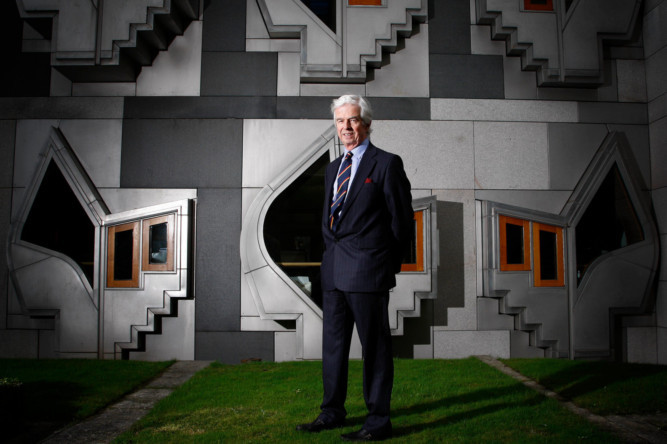A dystopian future for education is among a range of possible scenarios put forward as part of a wide-ranging study today.
The vision of gated communities, rising crime and social unrest was deliberately provocative and part of a plan to spark discussion on how people will learn by 2025, according to the Scotland’s Futures Forum.
Three other scenarios were described, including the clearly more popular version of Scotland as a “world-leading” nation using education to drive the economy.
Sir Andrew Cubie, an academic and director of the forum, said the scenarios are not predictions but are designed to spark deeper discussion.
“I’d be interested in the reaction of political parties and other organisations if the vast majority of people don’t say that a goal of Scotland being a world-leading learning nation by 2025 is not a good proposition,” he said.
“The challenge, firstly, would be: does anybody propose that’s not a good place to be in 2025-30.
“If the scenarios we’ve produced are then seen by some as containing elements they think match a world-leading proposition, what are we in Scotland going to do to bring about that outcome?
“We want to push people as hard as we can to think more deeply about these issues and in a longer time-frame.”
The scenarios also include a market-driven society in which the Government allows businesses to lead the way. A local learning society was considered more likely by people taking part in the study, while the most attractive placed Scotland as a competitive nation using education to drive the economy.
The fourth vision painted a picture of gated communities, rising crime and social unrest.
“Most people saw this world-view as a dystopia; a vision of a dysfunctional society and almost unimaginable in the time-scale,” the report stated.
“However, a number of others saw this storyline and, in particular, the metaphor of gated communities as the current reality for many, even if not yet described as such. Some people recognised signs that society is already moving further in the direction of this scenario.”
The report’s authors said the 18-month project, which involved about 350 people and organisations, is not party political and carries no policy recommendations.
“It will be for others to consider the implications of the scenarios and frame their own questions from their own perspective,” the report said.
The project began in September 2011 with the challenge to consider the proposition that by 2025 Scotland will be regarded as a world-leading learning nation.
